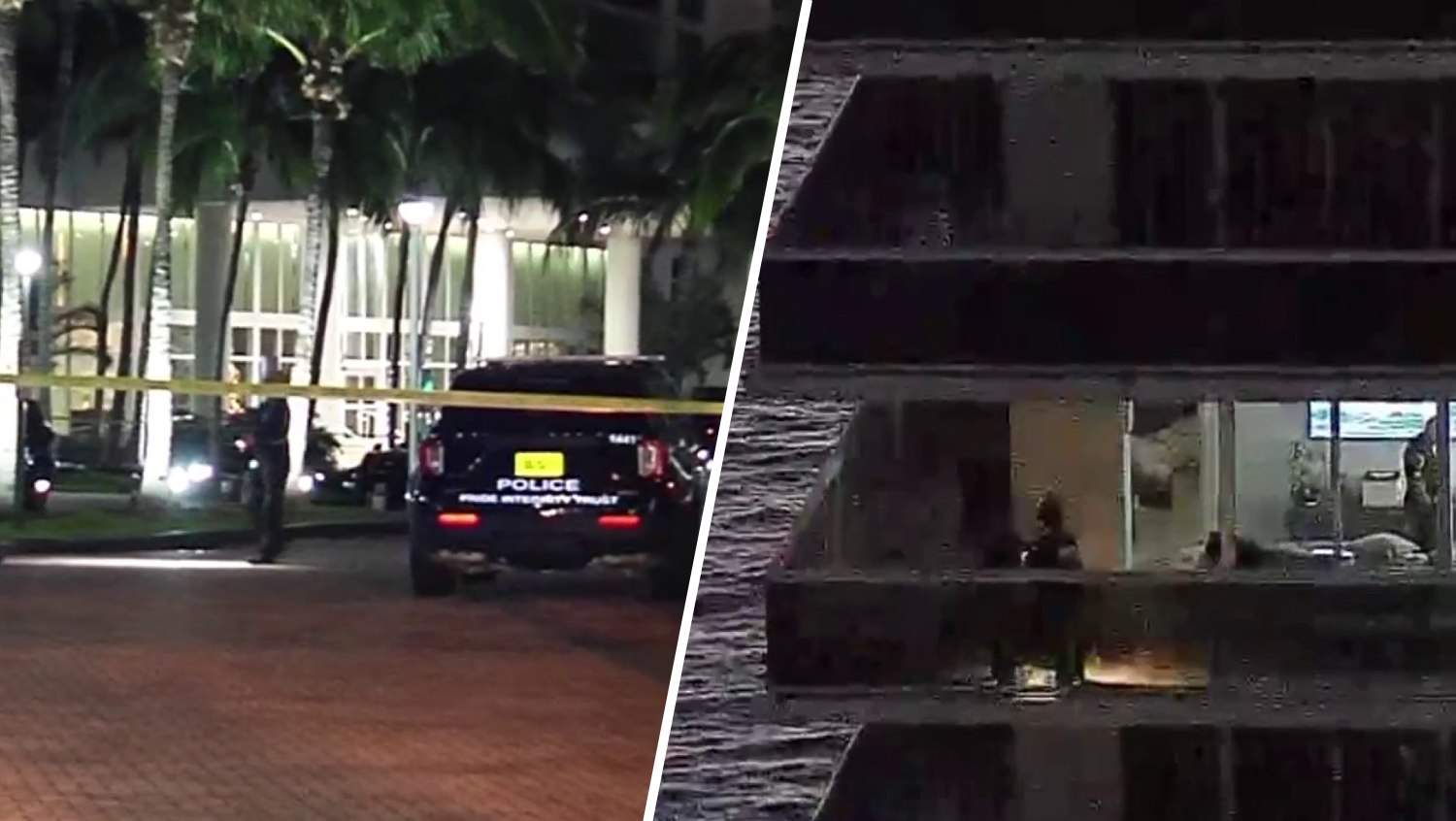Hurricane Rafael picked up in intensity and became a Category 3 storm before making landfall in Cuba Wednesday, forecasters said.
Rafael's maximum sustained winds reached 115 mph before it made landfall around 4:15 p.m. in the Cuban province of Artemisa just east of Playa Majana, according to the National Hurricane Center in Miami.
Watch NBC6 free wherever you are
The hurricane was about 155 miles west-northwest of Havana, and was moving northwest at 12 mph, according to the latest update from the NHC.
The eye of Hurricane #Rafael clearing out as the system undergoes—you guessed it—rapid intensification.
— John Morales (@JohnMoralesTV) November 6, 2024
It has gained 40 mph in windspeed in 12 hours, and 50 mph in 24. The hurricane is poised to become the season's 5th major hurricane, 161% of normal by this date in the season. pic.twitter.com/g6EirIY4QK
Get local news you need to know to start your day with NBC 6's News Headlines newsletter.
Hurricane-force winds, storm surge of 8-12 feet and rainfall amounts of 4-7 inches were in the forecast for portions of the island.
On Wednesday evening, massive waves lashed at Havana’s shores as sharp winds and rain whipped at the historic cityscape, leaving trees littered on flooded roads. Much of the city was dark and deserted.
As it plowed across Cuba, the storm slowed to a Category 2 hurricane chugging into the Gulf of Mexico near northern Mexico and southern Texas.
Local
The hurricane center's forecast track showed Rafael moving to the west through the Gulf and remaining a hurricane into the weekend.
Rafael is the fifth major hurricane of the 2014 Atlantic hurricane season.
Impact on South Florida
What about South Florida? Look for winds to pick up with gusts up to 35 mph for Broward and Miami-Dade by this afternoon and gusts even higher across the Keys, possibly in the 50-60 mph range.
Similar conditions are expected to continue overnight as Rafael makes its closest approach to our area.
The rain and storms will push out by Thursday afternoon, but not before 1-3 inches falls across the Keys.
Less rain is expected for Miami-Dade and Broward. Rafael will continue its trek west and eventually weaken to a tropical storm later this weekend in the northern/central Gulf of Mexico.



